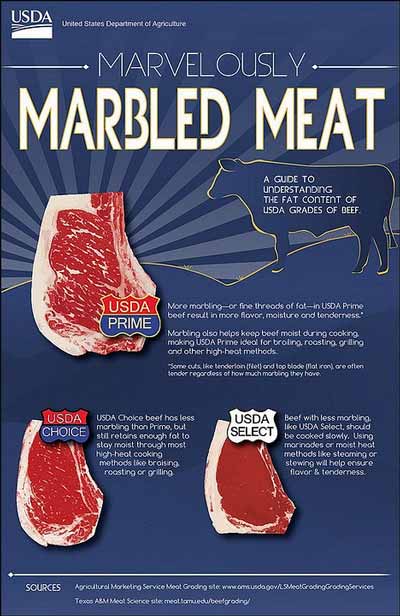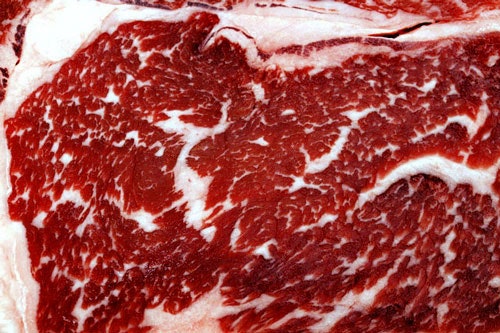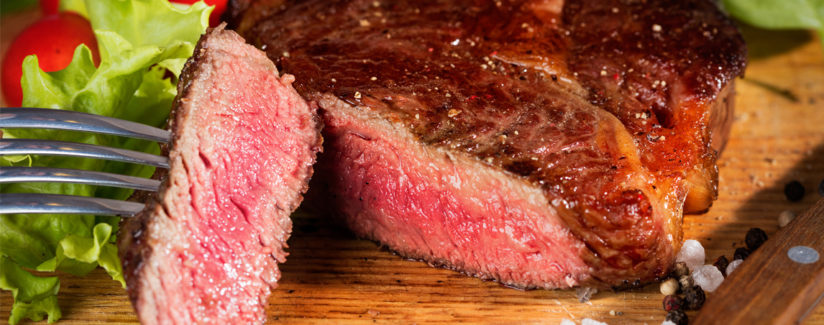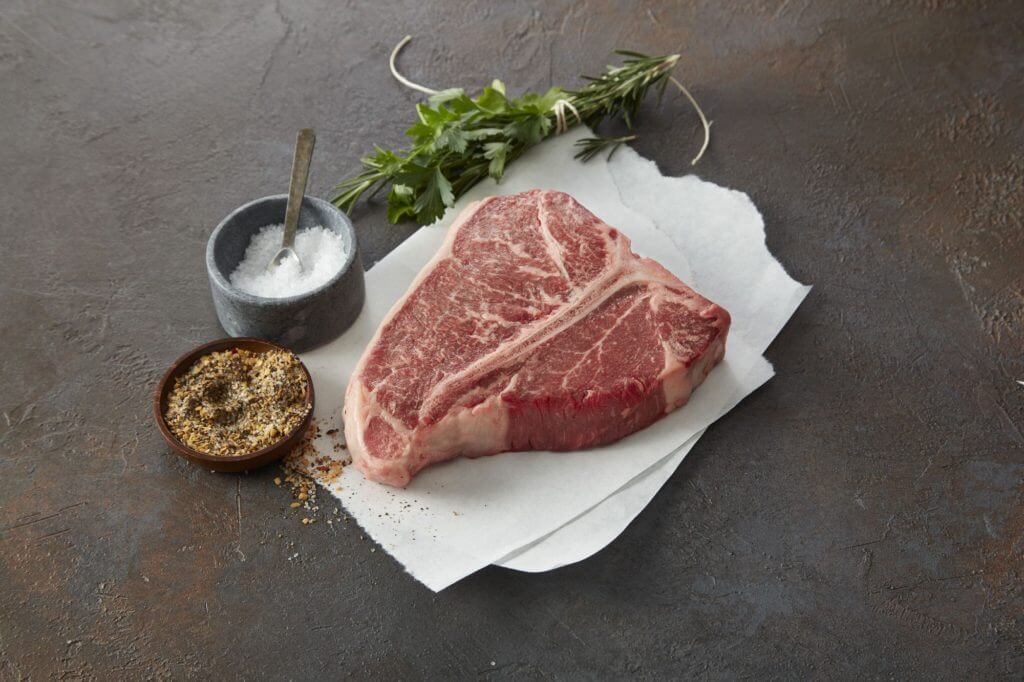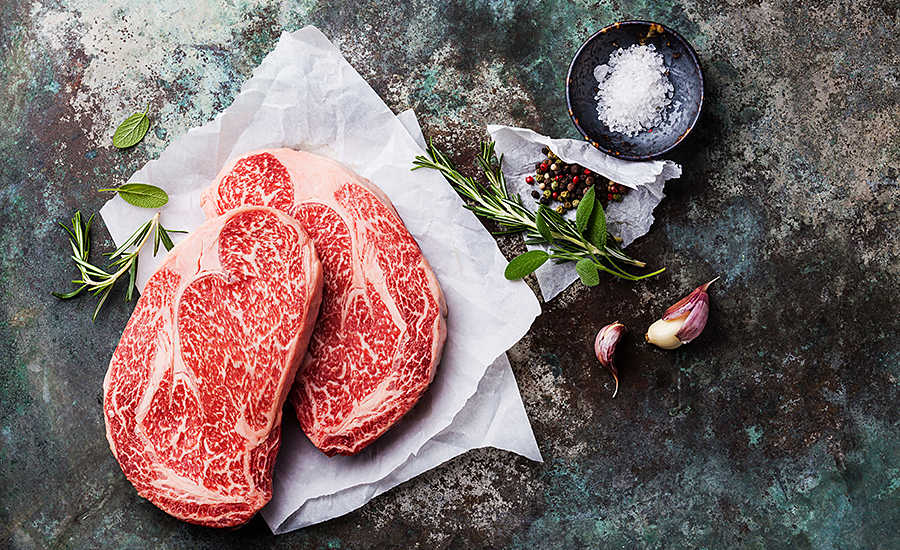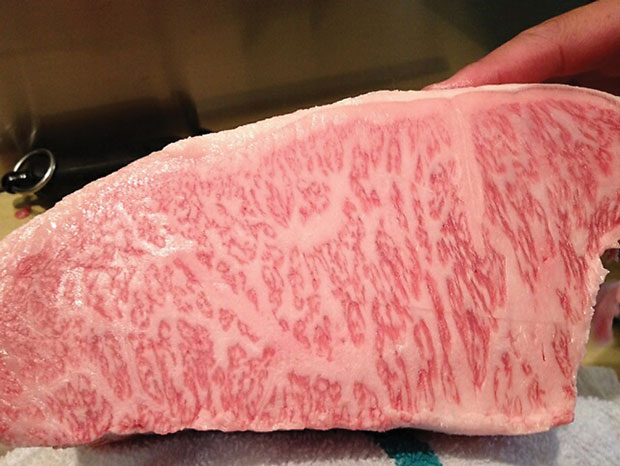Cattle that are raised on grain will have more marbling than grass fed beef this is fairly intuitive since you can imagine how difficult it would be to get fat by eating grass.
What causes marbling in beef.
The presence of marbling has an extremely positive effect on the eating quality of beef in terms of tenderness juiciness moisture and flavour.
Shock is a serious and life threatening condition.
Wagyu beef for example can be extremely marbled due to its genetics so much so that it s prized for that marbling.
Marbling scores are combined with maturity scores the age of the animal to determine those quality grades.
Grades are used to assign value to cuts of beef.
More marbling results in a juicier and more tender eating experience.
A recent beef crc project led by dr paul greenwood principal research scientist at new south wales primary industries has sought to determine if it is possible to increase marbling through the strategic use of high energy supplements immediately post weaning.
Marbling is the main component used to divide beef cuts in to usda quality grades like choice and prime.
Marbling is fat so it is largely determined by the diet of the animal and to a certain degree the breed of cattle.
Marbling is a measure of quality and as such the meat industry is always using meat science to make production more predictable and uniform to boost profits.
The fat makes the meat softer and easier to chew as there is simply less muscle fibre and collagen per unit volume of meat.
Feed and finishing may also impact marbling with grass finished cattle offering a leaner beefier flavor whereas grain finished beef are much milder.
But beef marbling is not always a good gauge of tenderness in grass fed beef cattle.
Graders evaluate the amount and distribution of marbling in the ribeye muscle at the cut surface after the carcass has been ribbed between the 12th and 13th ribs.
Many conditions can cause mottled skin.
Marbling intramuscular fat is the intermingling or dispersion of fat within the lean.
Beef carcass quality grading is based on 1 degree of marbling and 2 degree of maturity.
Certain breeds have higher marbling scores on average due to the way they metabolize food.
But if marbling is what consumers want we can increase marbling at different times in the feeding cycle without making the cattle fatter and that would be a huge benefit for the beef industry.


